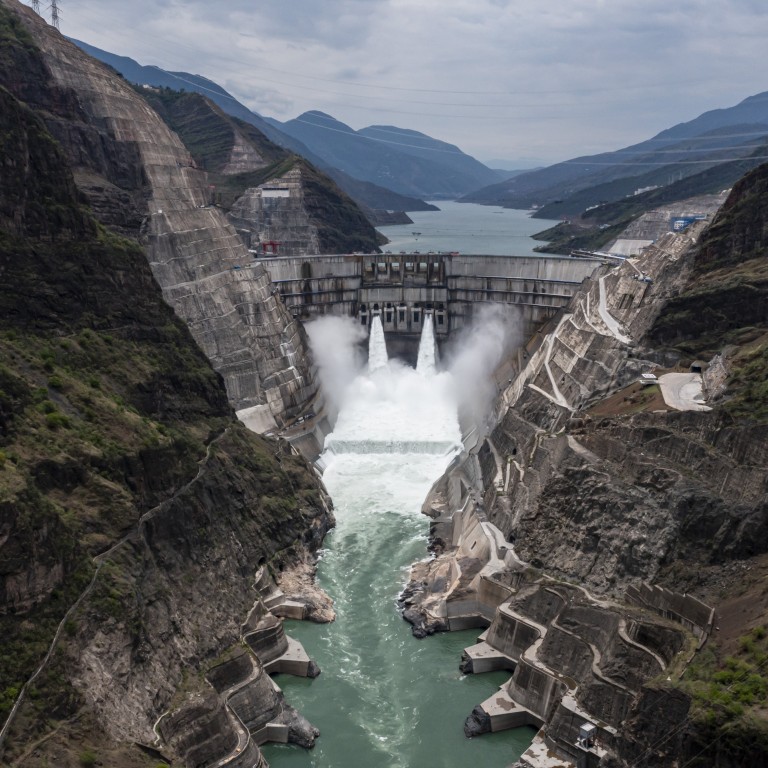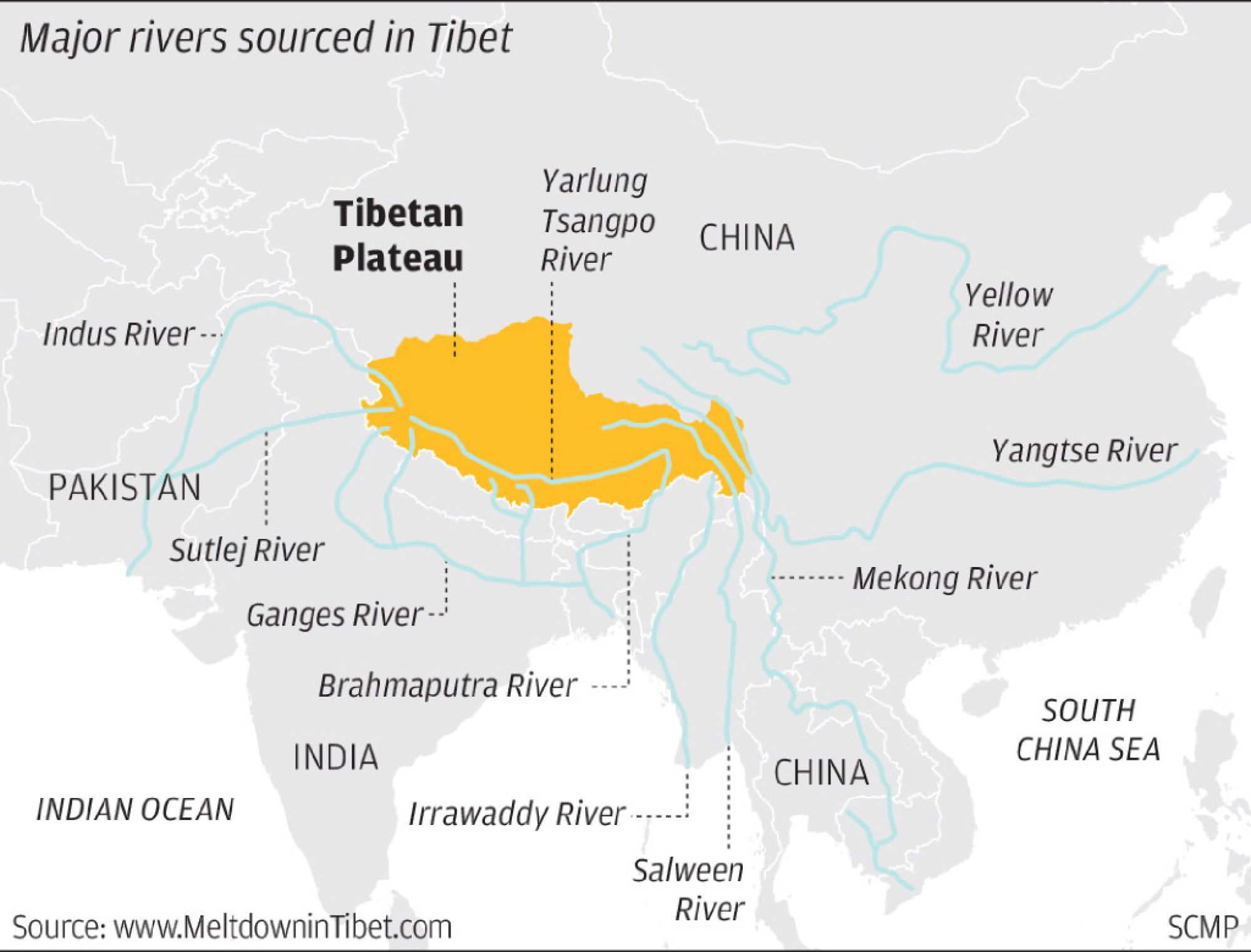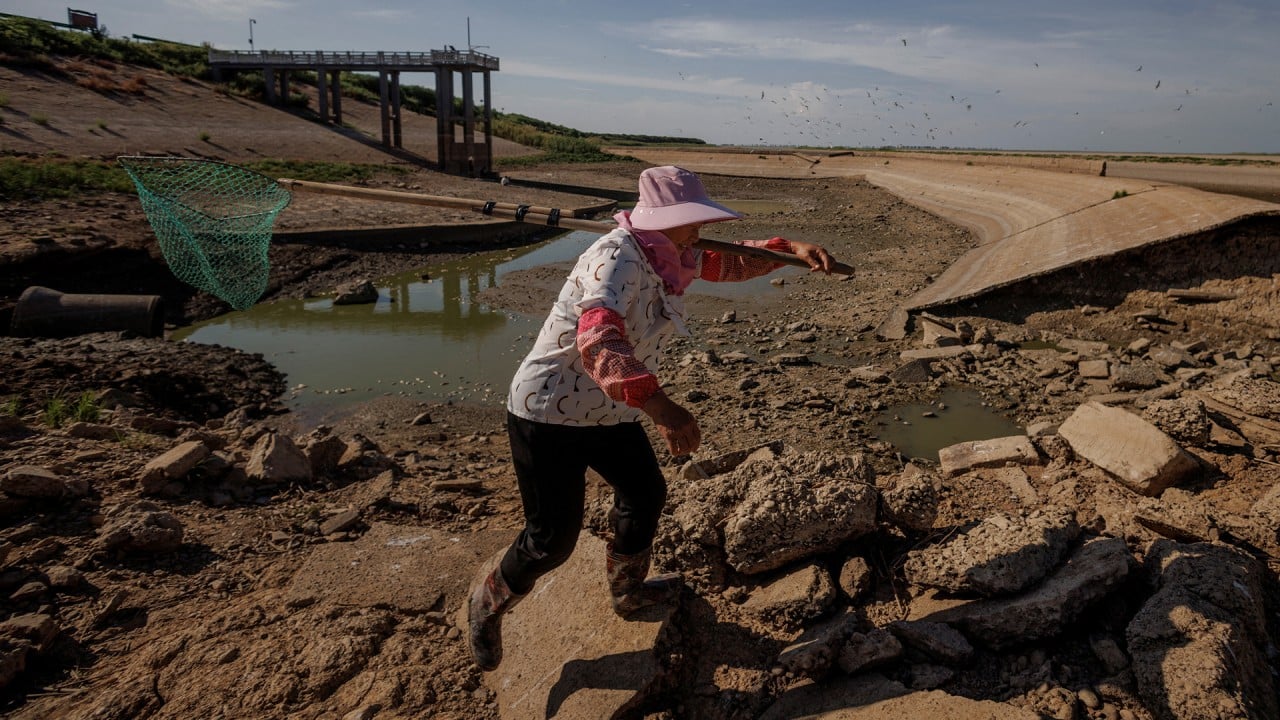
China is at the centre of Asia’s struggle for water security
- Massive dam-building projects aimed at strengthening China’s water supply are a major concern for neighbouring countries
- As a regional leader and ‘upstream superpower’, it is up to Beijing to establish fair and sustainable mechanisms for cross-border water sharing
One country that has long understood the value of water is China. In many ways, China’s history is one of water management. It is said that the unique hydrological conditions within China led to the creation of three historical miracles: China, Chinese civilisation, and the Chinese people.
However, the country’s water supply is severely undermined by interlinked factors of water scarcity, urbanisation, population growth, pollution, and competing water demands.
China, the “upstream superpower” of many of Asia’s longest and most important rivers and regional hydro-hegemon, does not have an independent transboundary river policy. Instead, the management of transnational water resources falls under the much broader framework of foreign relations with the many various downstream countries.

As many of China’s dams are built in Tibet on the upstream of major transnational rivers like the Brahmaputra – known in China as Yarlung Tsangpo – and the Mekong, there are fears in downstream regions over China’s potential ability to control the downstream flow. How might these regions’ access to water be affected?
Given that Tibet is the origin of the headwaters of most of Asia’s major rivers, could China use it to “turn off the tap” to reduce or halt entirely the water flow downstream?

Climate change, bad water policies threaten Asia’s security
Further complicating matters, historical rivalries and power asymmetry between countries, combined with water scarcity and poor water management within countries, makes transboundary river governance even more challenging.
In this context, Beijing should consider becoming a regional leader by establishing equitable, effective and sustainable cross-border river mechanisms that promote cooperation between governments, scientists and academics across the riparian countries. Only then can China reduce water scarcity and related fears which have long exacerbated tensions between countries and throughout the region.
Genevieve Donnellon-May is a master’s candidate in water science, policy and management at the University of Oxford


